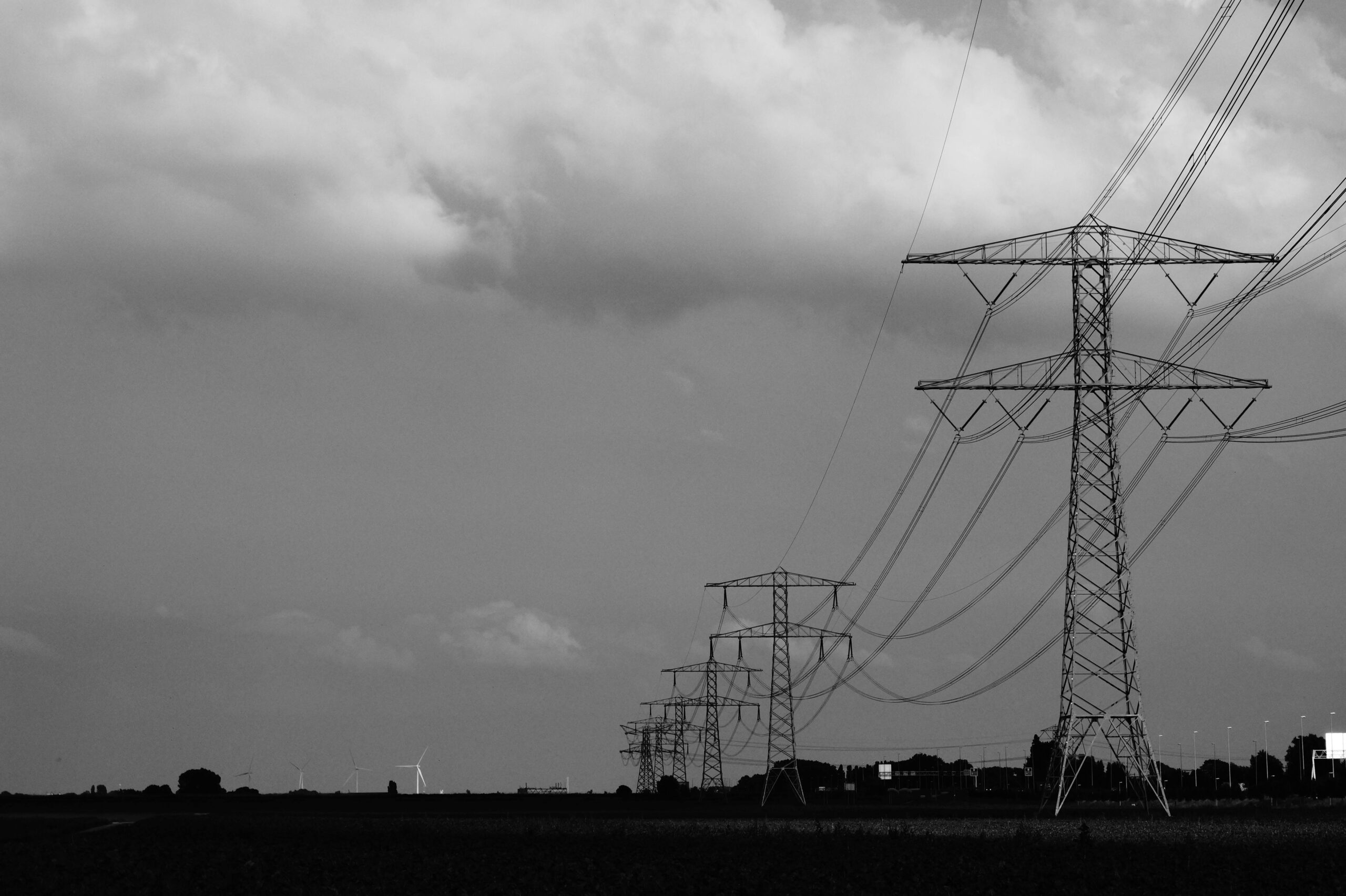We support our Publishers and Content Creators. You can view this story on their website by CLICKING HERE.

It may be lights out in Michigan by 2032.
That’s the prediction from federal regulators, regional grid officials, and a new study of the impact of “net zero” energy plans in seven Great Lakes states.
The research, conducted by the Mackinac Center for Public Policy, analyzes the electricity plans of 38 large, investor-owned utilities in Minnesota, Wisconsin, Michigan, Illinois, Indiana, Ohio and Pennsylvania, including 32 that have pledged to achieve net zero emissions by 2050 or sooner.
Go Ad-Free, Get Content, Go Premium Today – $1 Trial
Three states, including Michigan, set net zero goals in state law, with Gov. Gretchen Whitmer in November 2023 signing legislation that targets net zero carbon emissions by 2050.
“The problem is the subtraction of dispatchable resources such as coal and gas,” Federal Energy Regulatory Commissioner Mark Christie said during testimony to Congress last year. “The core of the problem is actually very simple. We are retiring dispatchable (quickly launched) generating resources (coal and natural gas) at a pace and in an amount that is far too fast and far too great and is threatening our ability to keep the lights on.”
Christie mused: “Are the lights going to stay on? We’re really at a point where that’s coming into serious question.”
Shorting the Great Lakes Grid, the Mackinac Center report from research analyst Joshua Antonini and Jason Hayes, director of energy and environmental policy, provides an answer that nobody wants to hear and few are paying attention to.
Go Ad-Free, Get Content, Go Premium Today – $1 Trial
“The Midcontinent Independent Systems Operator, the grid operator for much of the Midwest, projects that by 2032, none of the five Great Lakes states in its territory will have enough electricity capacity to meet even the most conservative projection of demand load,” according to the executive summary.
“The main element of net-zero plans is to build massive amounts of new wind and solar generation. Despite these additions, MISO expects overall grid capacity to decrease,” researchers wrote. “That’s because states and utilities are simultaneously closing coal plants and some natural gas and nuclear facilities. How much electricity wind and solar generate, however, depends on the weather, so reliability will suffer.”
The report breaks down the situation in each state, providing a profile on climate plans and examining the current and future states of energy generation for each major utility, and the state as a whole.
“If MISO’s information is accurate, Michigan will face broad electricity generation shortfalls by 2027 and ever larger deficits by 2032 and 2042,” according to the report.
“Michigan’s energy policy sets the state up for failure. The state’s net-zero mandates and requirements for wind and solar strain reliable resources. Michigan’s goals are some of the most aggressive in the Great Lakes region,” the state’s summary read. “Meanwhile, the large utilities are mostly marching in lockstep toward similar objectives. The blackouts the state will suffer are inevitable given these poor decisions.”
But it’s more than just capacity and reliability issues tied to the climate goals, and increased demand from electric vehicles and large AI data centers.
The Great Lakes grid report released in August follows another from the nonprofit think tank that detailed the cost to consumers for the less reliable service required by the MI Healthy Climate Plan approved by Whitmer and her Democratic allies that control the legislature.
“These mandates will raise energy costs by $1,500 to $2,750 per household,” according to the Mackinac Center. “The move away from reliable and affordable electric service will cost the people of Michigan between $206 billion and $386 billion by 2050.”
Those predictions are already manifesting with back-to-back rate hikes from the state’s largest utilities and others.
Last year, the Michigan Public Service Commission approved a $368 million electric rate increase for DTE, and the company is now seeking another $456.4 million from ratepayers this year, despite research that shows Michigan has some of the least reliable service in the country.
DTE President Matt Paul told the Detroit Free Press in March the pending $465 million request “is incredibly important for us to continue to do the work we need to do to build a grid of the future, and continue to improve reliability in the state.”
It’s the same deal for Consumers Energy, Michigan’s other large utility, with its $92 million electric rate hike approved in March followed by another for $303 million filed two months later.
“Consumers Energy also seeks to capture from rate-paying customers an additional $21.8 million through a separate 12-month customer surcharge for certain deferred costs beginning in March of 2025,” according to the Michigan Attorney General’s office.
While energy experts are sounding the alarm about the many negative consequences of the rapid government forced shift to “green” energy, it seems the folks steering the ship remain convinced they’re saving the planet.
“Michigan is committed to lead the future of clean energy and climate action so we can lower utility costs for families, create good-paying jobs, and grow our advanced manufacturing economy,” Whitmer said at a MI Healthy Climate conference in May.
While energy experts suggest that won’t be the case, large contributions from DTE and Consumers to the MPSC and lawmakers also complicate the dynamic.
It all adds up to a vision for a future fully dependent on “green” energy that’s already turning into a nightmare for folks like retired nurse Donna Riggs, who has to scramble for her life when her oxygen machine goes out with the power.
Riggs called DTE the last time her power went out – the eighth time in two years – to request priority restoration, but was told because she’s able to ride in an ambulance she doesn’t qualify, MLive reports.
“I think DTE’s answer is gobsmacking,” Riggs said. “And then there’s the fact that four months after getting a rate increase, they applied for another rate increase. What in God’s name are they using this money for? My utility bills keep going up, they keep charging more and the service is bad.”

 Conservative
Conservative  Search
Search Trending
Trending Current News
Current News 





